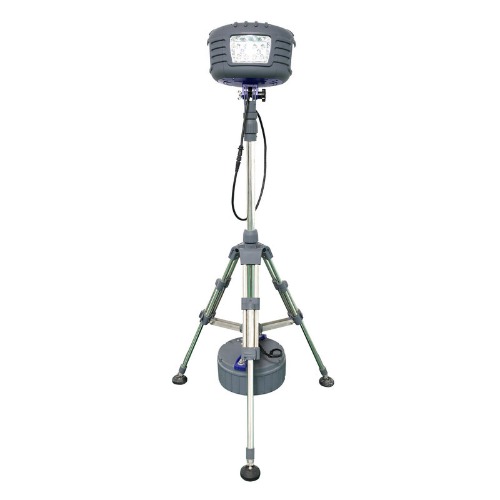Several types of light sources are commonly used in explosion-proof lighting fixtures, each chosen based on its performance, efficiency, and safety characteristics in hazardous environments. The choice of light source often depends on the specific requirements of the application and the type of hazardous atmosphere present. Here are some of the common light sources used in explosion-proof lighting:
LED (Light Emitting Diode):
LED lighting has become increasingly popular in explosion-proof fixtures due to its energy efficiency, long lifespan, and durability.
LEDs produce bright and focused light, making them suitable for various industrial applications.
They are instant-on lights and can operate efficiently in a wide range of temperatures, making them versatile for different environments.
Fluorescent Lamps:
Fluorescent lamps are known for their energy efficiency and relatively long life.
Compact fluorescent lamps (CFLs) and linear fluorescent lamps are commonly used in explosion-proof fixtures.
Fluorescent lighting provides good color rendering and can be suitable for applications where a broad spectrum of light is required.
High-Intensity Discharge (HID) Lamps:
HID lamps, including metal halide and high-pressure sodium lamps, have been historically used in explosion-proof lighting.
Metal halide lamps offer bright, white light with good color rendering properties.
High-pressure sodium lamps are known for their high efficiency and long life, emitting a yellowish light.
Incandescent Lamps:
Incandescent lamps, while less common due to lower energy efficiency, are still used in certain explosion-proof fixtures.
They produce light by heating a filament until it glows, and they are known for providing a warm color temperature.
Halogen Lamps:
Halogen lamps are a type of incandescent lamp that contains a small amount of a halogen gas.
They produce a bright, white light and are often used in explosion-proof fixtures where a high-intensity light source is required.
Induction Lamps:
Induction lamps use electromagnetic fields to excite phosphors, producing light.
They are known for their long life and high efficiency, and they can be suitable for certain explosion-proof applications.
When selecting a light source for explosion-proof lighting, factors such as energy efficiency, color temperature, lifespan, and the specific requirements of the hazardous environment must be considered. LED technology is becoming increasingly popular in this context due to its overall benefits and advancements in performance.


 English
English Español
Español

